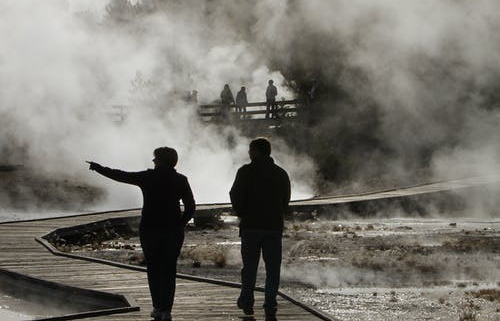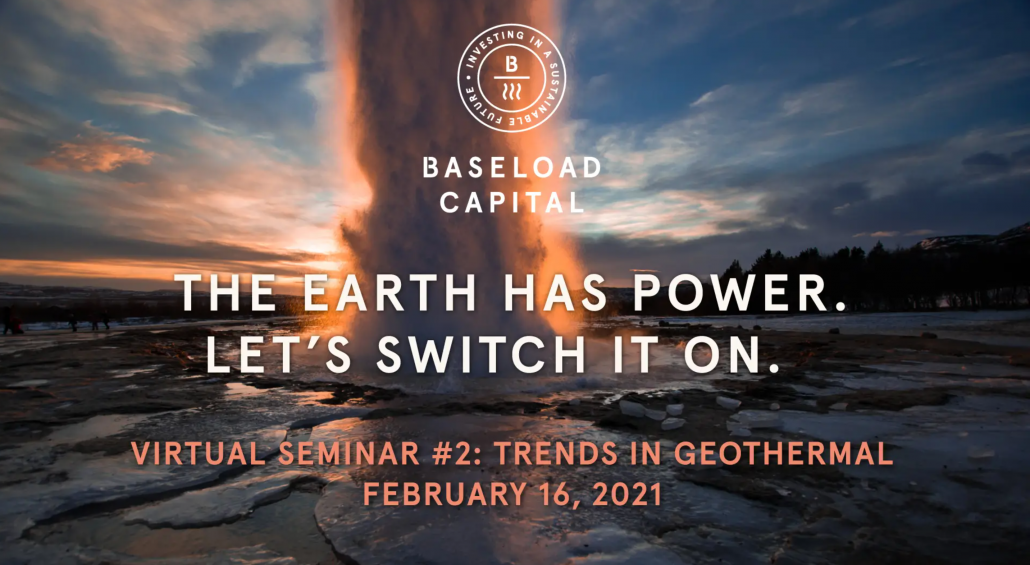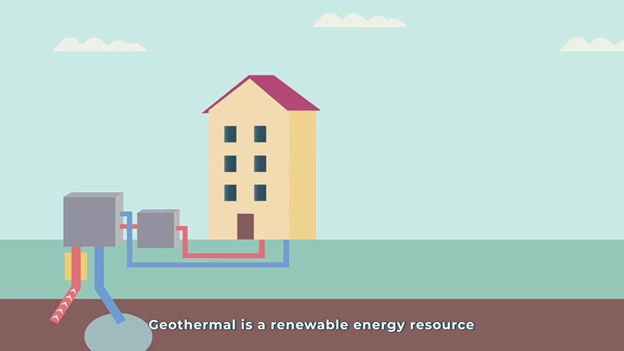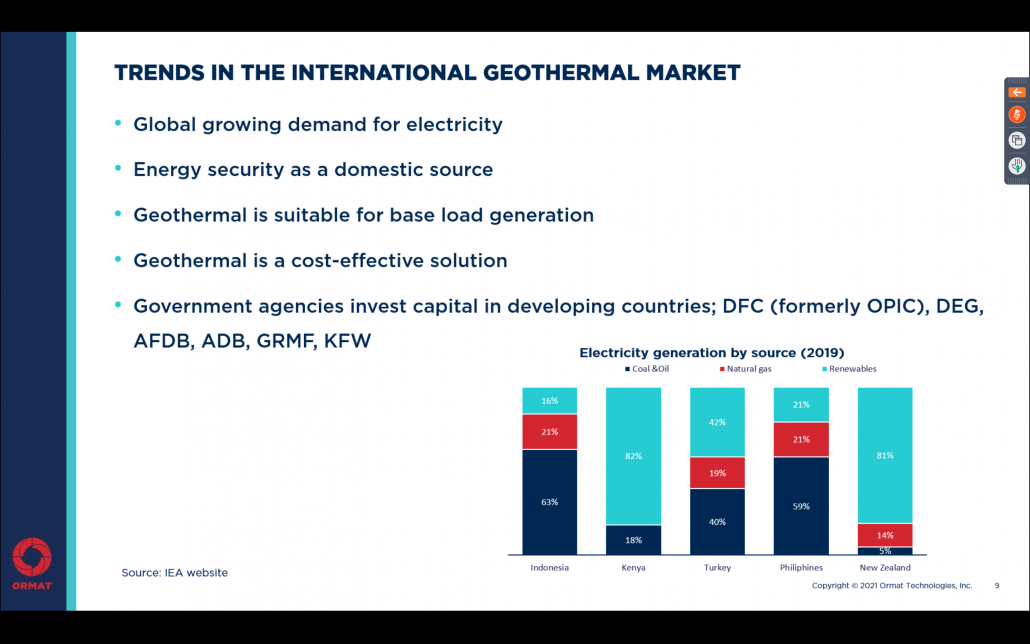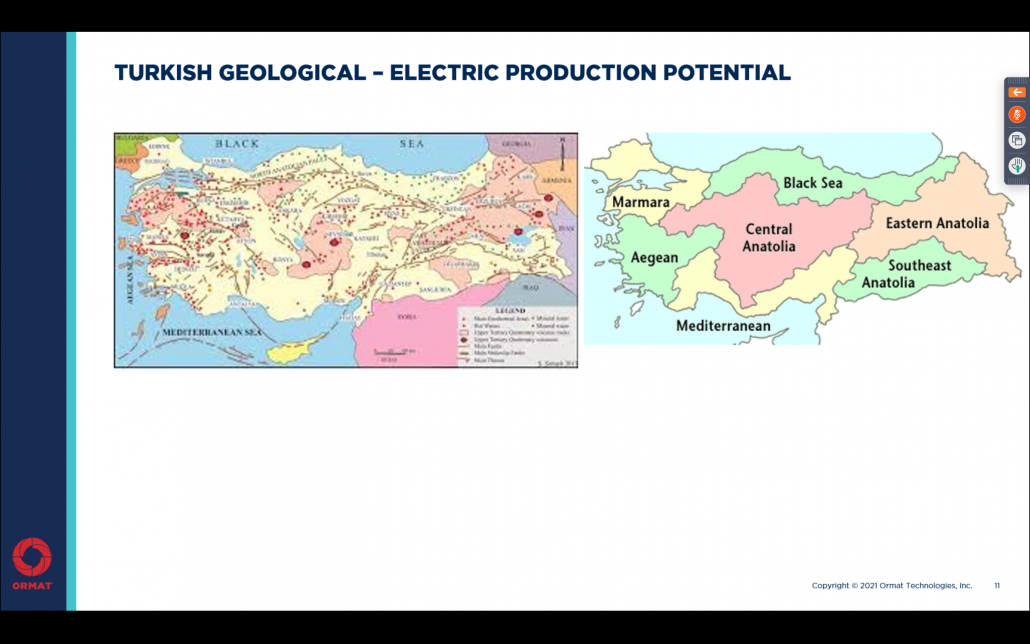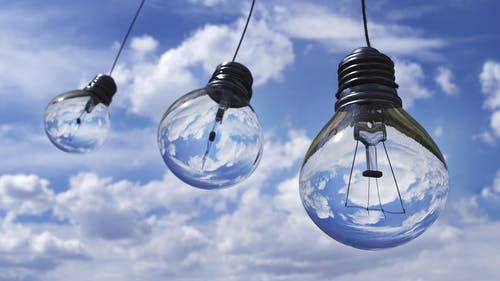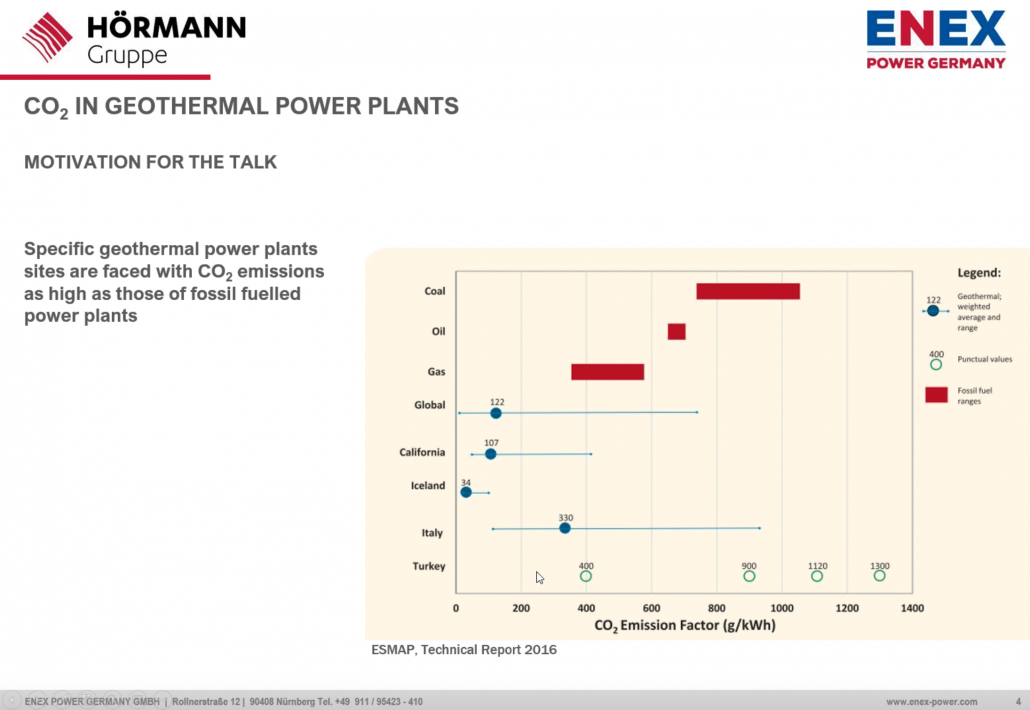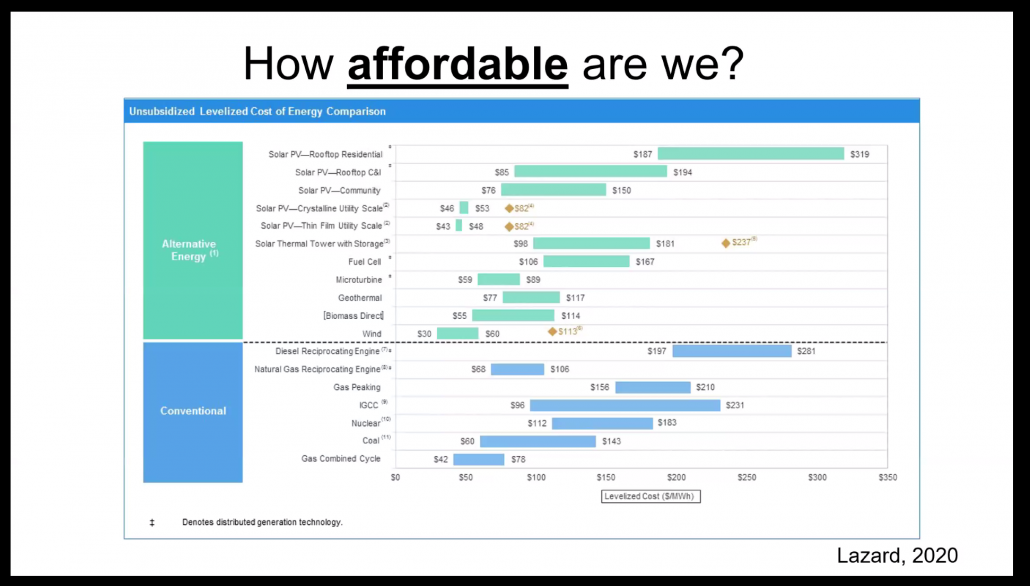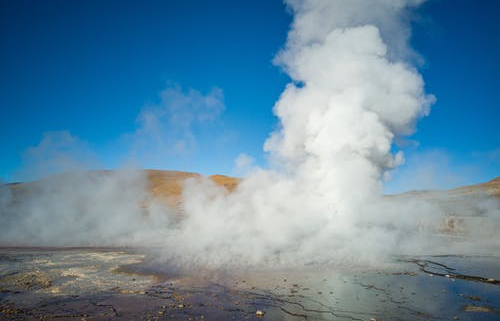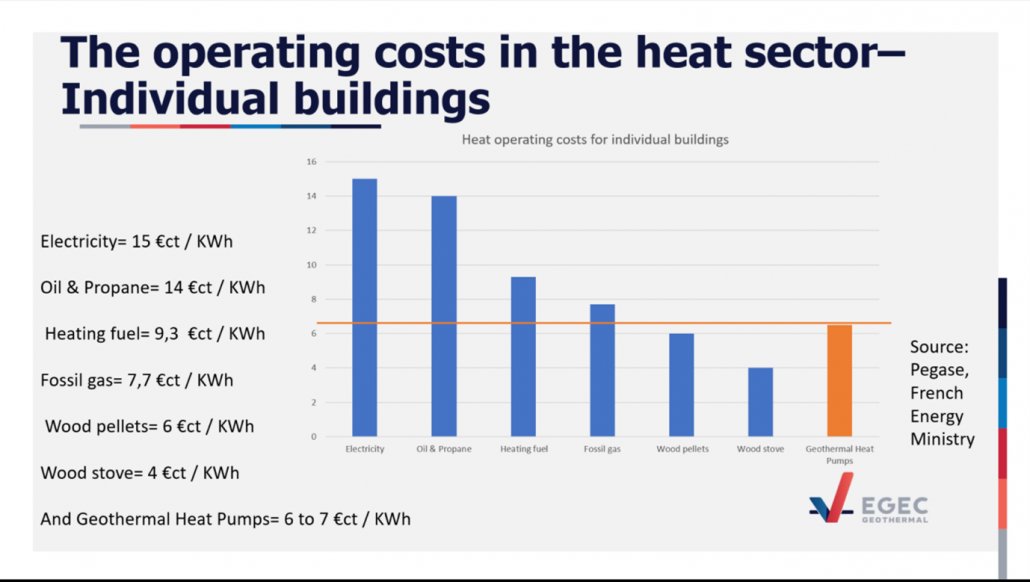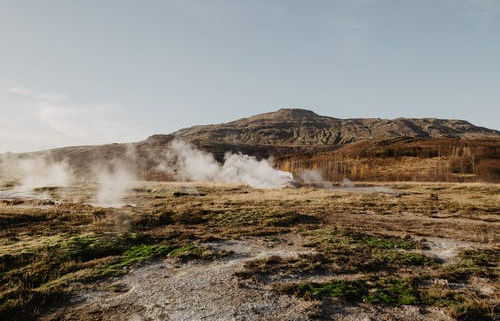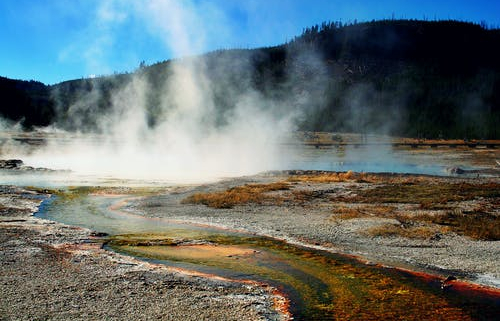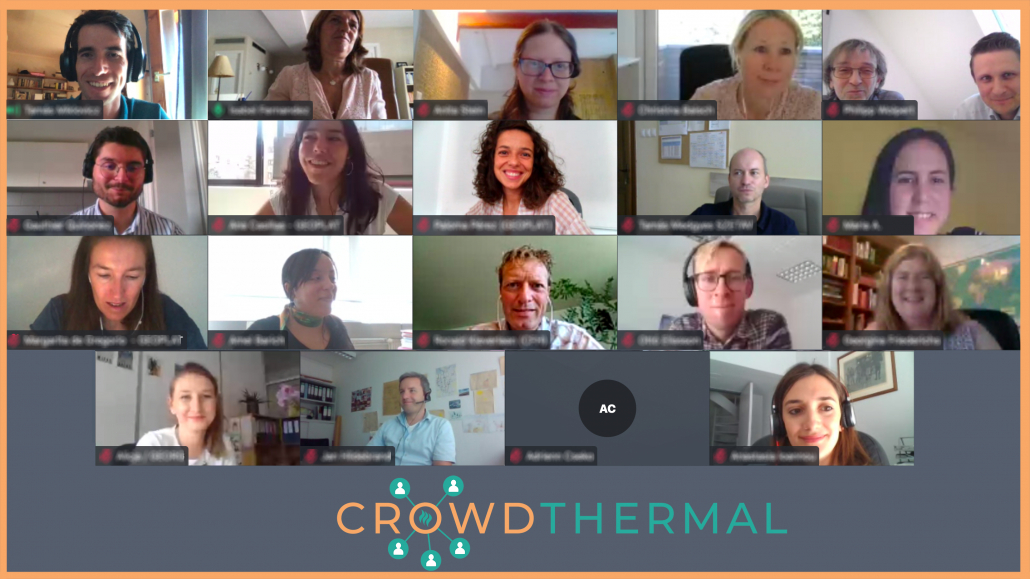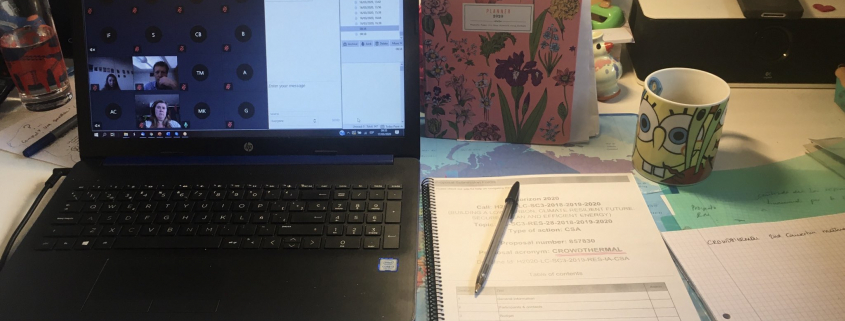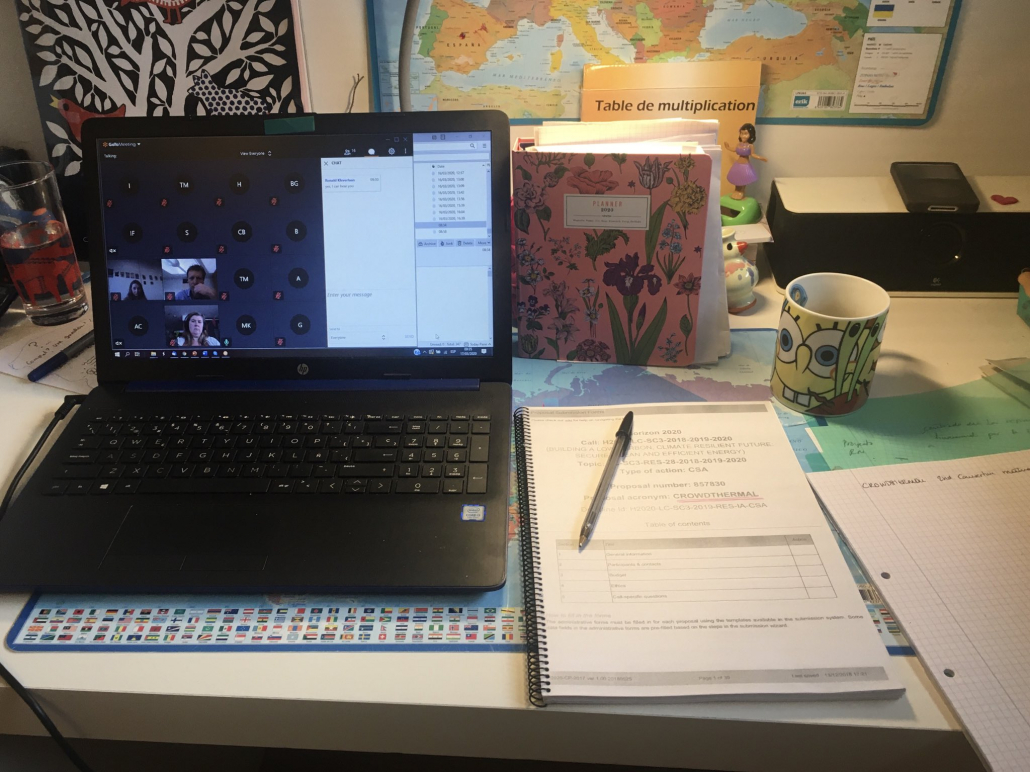Trends in geothermal, 16th February 2021 part 2: technology
The first part of the Baseload Trend’s geothermal webinar focused on hurdles linked to financing in new technologies and emerging trends. With regards to geothermal, the trends for the future unfold in three aspects: shallow geothermal, deep geothermal and thermal storage.
Shallow geothermal has received more and more attention recently due to the decentralisation of the energy market. Local energy demand and concepts such as energy communities are trending due to the unlikeliness of large scale and centralized power plants to meet heat and electricity requirements of all communities throughout a region, especially those most remote. In the past, geothermal would not have been able to meet these spikes in demand. Fortunately, advances in technologies, heat exchangers and miniaturization enable smaller plants and heat pumps to provide affordable and competitive energy to smaller markets. In addition, micro-grids for small markets are easier and quicker to develop than extensive grid system joining large power plants to remote and smaller energy demand. This local approach will ensure that small communities are not behind the renewable energy curve – especially important to make sure that countries will meet climate target, by ensuring a comprehensive renewable energy grid whilst promoting a fair transition where each individual has access to local affordable clean energy without bearing the costs of long and complex grid to dispatch energy home. Finally, local energy disables the need to depend on foreign oil, gas and electricity thus improving national energy security and making prices less volatile.
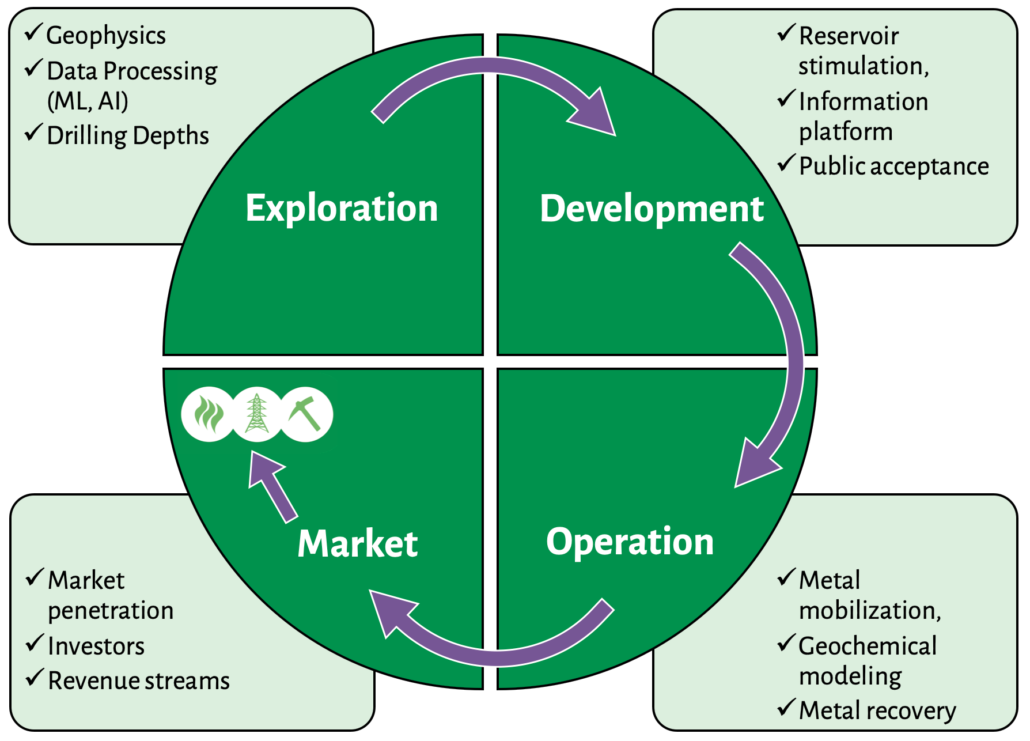
Main themes and subtopics of the overall CHPM concept: exploration, development, operation, market. CHPM2030 developed a concept for a new geothermal-related technology.
Shallow geothermal is only one face of the “geothermal trend coin”. Deep geothermal has a complementary role to shallow in any national grid. Whilst, shallow geothermal often implies smaller power plants (or heat pumps) for less energy demanding markets, deep geothermal often implies higher temperatures and thus higher power outputs for more energy demanding markets. Two main trends are foreseen for deep geothermal in a near future: first, scalability of operations thanks to lessons learned from the oil and gas industry (it would be possible to take lessons learned from these technologies to apply them to new geothermal fields); second, economies of scale could greatly benefit from geothermal deep drilling in the future since more drilling would reduce the marginal cost of each plant by incorporating the lessons learned from past experiences. Finally, experts believe that the future of deep geothermal plants is ultradeep rigs (around 10km deep). Such high depth is on the horizon thanks to drilling techniques developed by the oil industry. Almost any point of the globe reaches very high temperatures (around 200°C) at such depths meaning that any place could, theoretically, be producing large quantities of clean energy for decades.
Energy production is not the only benefit of geothermal. This renewable source has the added value to be able to be suited for thermal energy storage. Thermal energy storage (TES) is a technology that stocks thermal energy by heating or cooling a storage medium so that the stored energy can be used at a later time for heating and cooling applications and power generation. Wind and solar may be better at delivering the cheapest net kW/h, but storage is cheaper for geothermal. This is important because different perks of different energy sources emulate the best in each or in a comprehensive energy mix. Geothermal energy and thermal storage will be able to form the baseload power of an energy mix whilst fluctuating power sources such as wind and solar will supply peaks in demand. In the end, there is no silver bullet to fight climate change but, rather, a comprehensive system of clean technologies enabling a secure and fair carbon transition.
For more information on groundbreaking geothermal technologies that LPRC was a part of, consider checking out the CHPM2030 project that combine heat and power production to mining: https://www.chpm2030.eu/!

